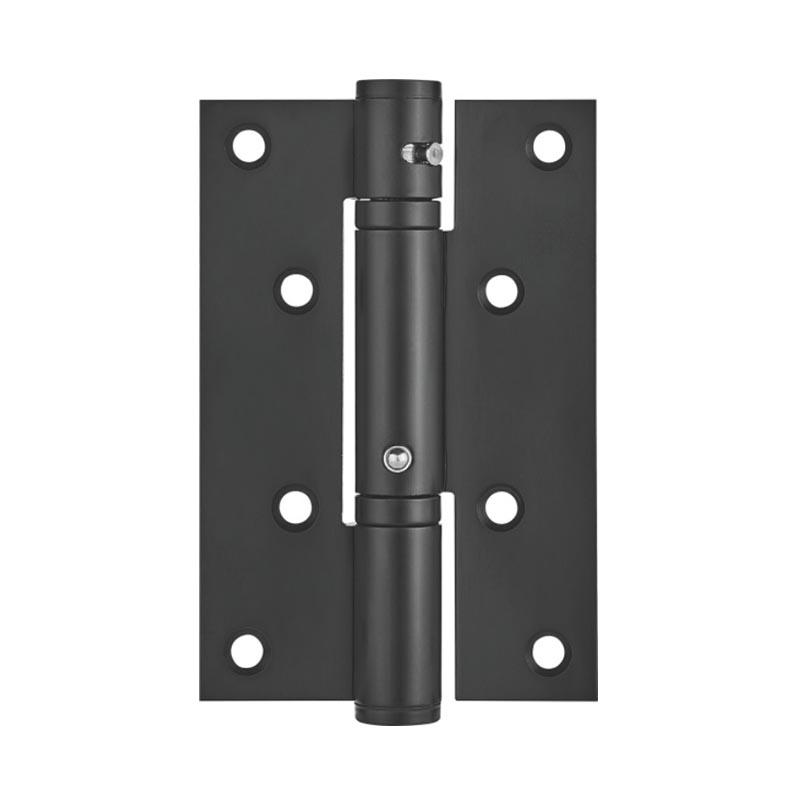Hydraulic Damping Hinges are widely used in modern furniture, cabinetry, and industrial doors to provide smooth, controlled opening and closing. One of the key design challenges is ensuring that the damping force can accommodate doors of varying weights. Proper damping design prevents slamming, reduces wear on the door and frame, and ensures user safety. Achieving this balance requires careful consideration of hydraulic mechanisms, material selection, and mechanical geometry.

The primary method to adjust the damping force in hydraulic hinges is through the internal hydraulic system. The hinge contains a piston moving through a fluid chamber, and the resistance of the fluid determines the damping effect. By adjusting the size of the fluid channels or the viscosity of the hydraulic oil, designers can control how much resistance the hinge provides. For heavier doors, larger fluid channels or higher-viscosity fluids are used to provide stronger damping, ensuring that the door closes steadily without slamming. Lighter doors require lower damping resistance to allow smooth movement without excessive force.
The piston and cylinder geometry directly influences damping performance. A larger piston surface area increases the hydraulic resistance, which is suitable for heavier doors. Conversely, smaller pistons reduce resistance, making the hinge compatible with lighter doors. Some designs incorporate multiple pistons or adjustable piston positions, allowing a single hinge model to accommodate a range of door weights. The precise engineering of these components ensures that damping is consistent throughout the door’s motion, preventing abrupt stops or uneven closure speeds.
Many modern hydraulic hinges feature adjustable damping screws or valves. These allow installers or end-users to fine-tune the damping force after installation. By opening or closing a small adjustment valve, the flow of hydraulic fluid can be regulated, increasing or decreasing resistance. This adaptability is essential for multi-purpose hinges used on doors of varying thicknesses, sizes, and weights. Adjustable damping ensures that a single hinge design can serve multiple applications while maintaining suitable performance.
The materials used in the hydraulic system and hinge body are critical to maintaining consistent damping performance. High-strength metals prevent deformation under heavy loads, while wear-resistant coatings reduce friction and prevent leaks. Seals made from durable elastomers maintain hydraulic fluid integrity, ensuring that the damping force remains stable over time. Proper material selection ensures that the hinge performs reliably regardless of door weight or frequency of use.
Hydraulic Damping Hinges undergo rigorous testing to verify their performance across different door weights. Each hinge is tested with simulated door loads to ensure consistent damping without jerks or slamming. Calibration during manufacturing ensures that the damping force falls within specified ranges, providing predictable performance for installers and users. This testing guarantees that the hinge adapts effectively to various applications and maintains long-term reliability.
Designing the damping force for Hydraulic Damping Hinges involves careful consideration of hydraulic mechanisms, piston geometry, fluid resistance, adjustable features, and material selection. By incorporating adjustable valves and precision-engineered components, manufacturers can create hinges that accommodate doors of different weights while providing smooth, controlled movement. Proper design, material choice, and calibration ensure that the hinges deliver consistent performance, enhance user safety, and extend the operational lifespan of both the door and hinge system.